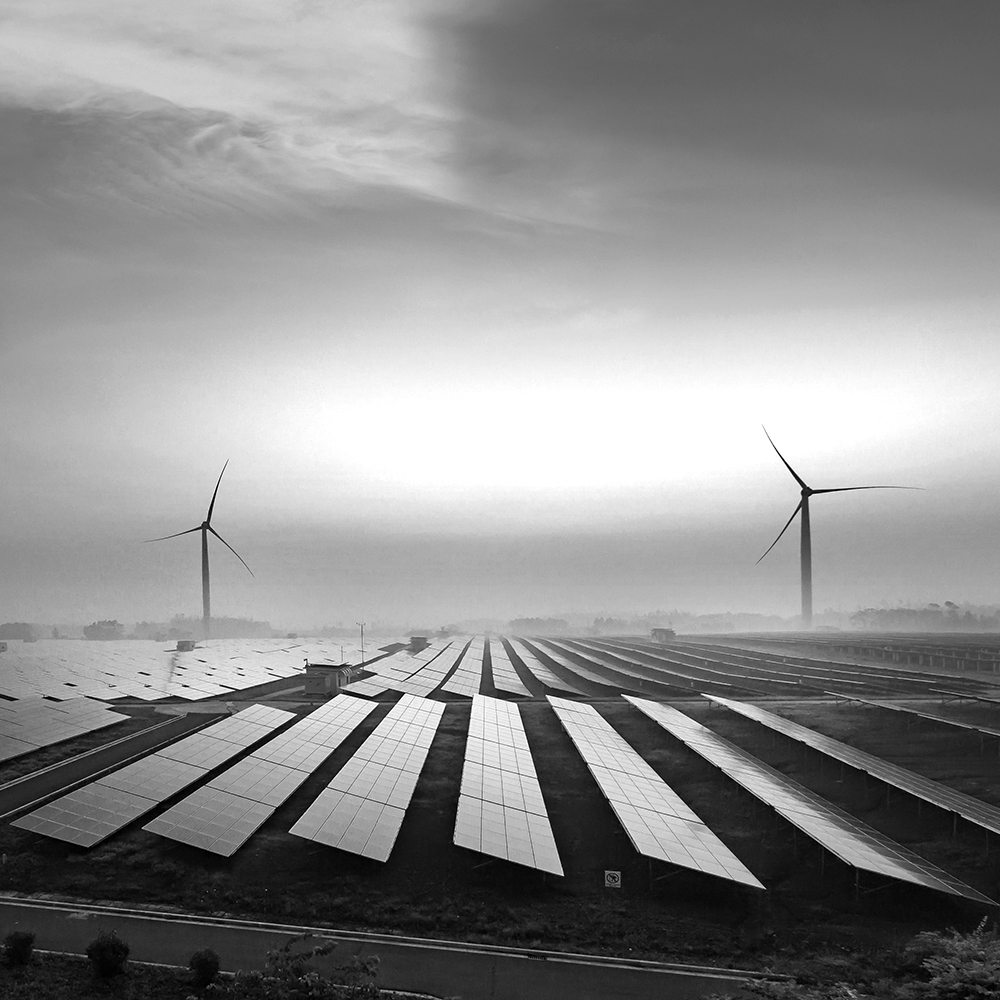Saving the world sustainably is something we should all be aware of and actively take part in. Our latest this+ article looks at a number of innovative technologies and solutions in place today: some aimed at reducing domestic consumption, whilst others look at tackling the bigger picture of reducing our global carbon footprint and use of fossil fuels. Collectively however, they all create a lasting positive impact on our environment.
Simply sustainable
1. Wind Energy
Take a road trip these days whether inland or to the beach and you will be hard pressed not to see a wind farm in operation. These incredible structures, seen by some as a blight on the horizon, harness the wind to create electricity. One of the most sustainable green energy solutions in place today, a single 8 megawatt offshore turbine can supply 16,000 homes with electricity based on average consumption. Impressive stuff!
2. Energy Efficient Lighting
In the UK, government regulations have been pushing consumers to replace familiar incandescent light bulbs with more energy-efficient compact fluorescent lamp (CFL) and or light-emitting diode (LED) bulbs since 2014. LED lighting has really upped the ante in terms of energy efficiency being ~75% more efficient and lasting ~25 times longer.
3. Solar Power
Photovoltaic power stations consisting of photovoltaic panels (PV), also known as solar panels represent another form of renewable energy, this time harnessing the sun to produce electricity. On a smaller scale, many residential homeowners are starting to choose solar energy to power their homes. Return on investment depends on the type of installation but typically can take many, many years but the cost per unit is zero after the initial outlay. However, it brings new meaning to “we’re hoping for some sun”. However, for true bond-esque power plant action, complete with mirrors and pressurised steam at 550 degrees, take a look at the Ivanpah power plant in California!
4. Smart Meters
Smart Meters are now available for electric, gas and water and claim to help save household bills by making residents more aware of their overall consumption and usage patterns. The wider benefits are in helping providers create a ‘smart’ energy source with a reduce carbon footprint. However, the initial ‘fun’ of comparing which devices in your house use the most energy soon wears off!
5. The Energy Label
Choosing a new appliance use to be all about how it looked or what features it had, such as the fridge that self-defrosts, the self-cleaning oven or the dish washer that washes silently overnight. Now manufacturers are competing for the most energy efficient device, which is backed up by an energy rating. In the UK, new energy ratings and labels were introduced in March 2021, making the process of selecting a device based on its energy consumption far more compelling. Knowledge is king when it comes to making a purchase.
6. The Bag For Life
Reducing the use of plastic is of paramount importance if we are to reduce our carbon footprint and prevent plastic pollution. According to Fauna Flora International an estimated 8m tons of plastic finds its way into our seas and ocean EVERY year. Whilst a non plastic ‘bag for life’ won’t prevent this alone, it will go a long way towards us doing our bit. Have you got your non plastic bag for life?
7. Public Awareness
Awareness of how we are destroying our planet is the first step to making a change. As Bill Gates says in his book on climate change, “virtually every activity in modern life – growing things, making things, getting around from place to place – involves releasing greenhouse gases”. It is influencers like Bill Gates and the tireless David Attenborough that will help spread the word on how we are both destroying the planet and more importantly, how we can save it.
8. Energy Performance Certification
In 2007, Energy Performance Certificates (EPCs) were introduced, providing a house buyer with a full assessment of the energy performance of the house. A simple yet hugely effective scheme provides useful information as to how energy efficient the house is and provides tips to improve where necessary. The lasting impact here once again is knowledge.
9. Hydropower
Harnessing energy from river currents remains the words largest source of renewable energy. However, despite its renewal feature being replenished by rain and snow it has drawbacks in the way dams have disrupted ecosystems. However, tidal projects aimed at utilising the natural rhythm of the oceans is seen as the future for hydropower.
10. Electric Cars
The UK government is introducing a ban on the sale of new petrol and diesel cars from 2030 so it looks like electric cars are here to stay. Whilst the manufacturing and disposal process of the batteries continues to be a challenge under significant scrutiny, there is no disputing the difference an electric car has over its fossil fuel competitors in Carbon Dioxide (CO2) emissions. Nissan led the way for many years outselling its rivals with the Nissan Leaf until more recently the Tesla Model 3 took to the podium.

